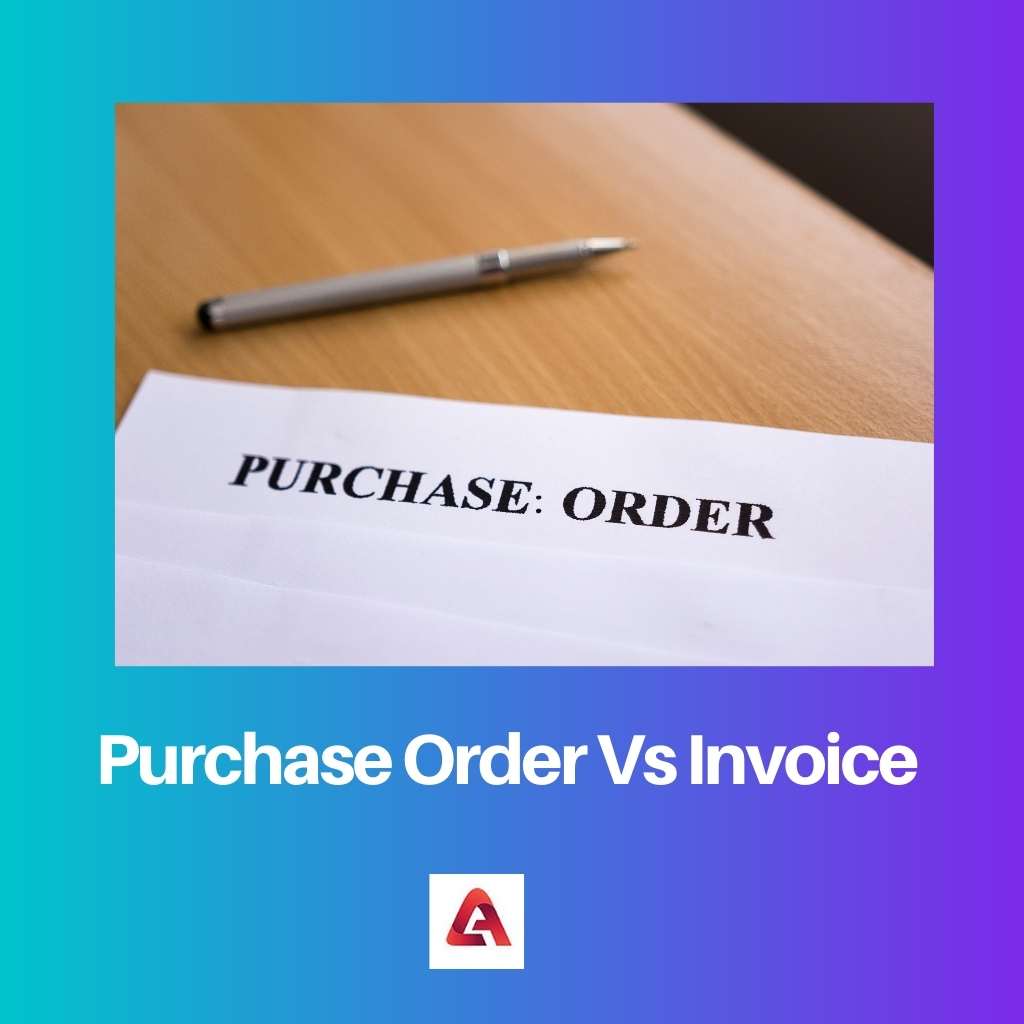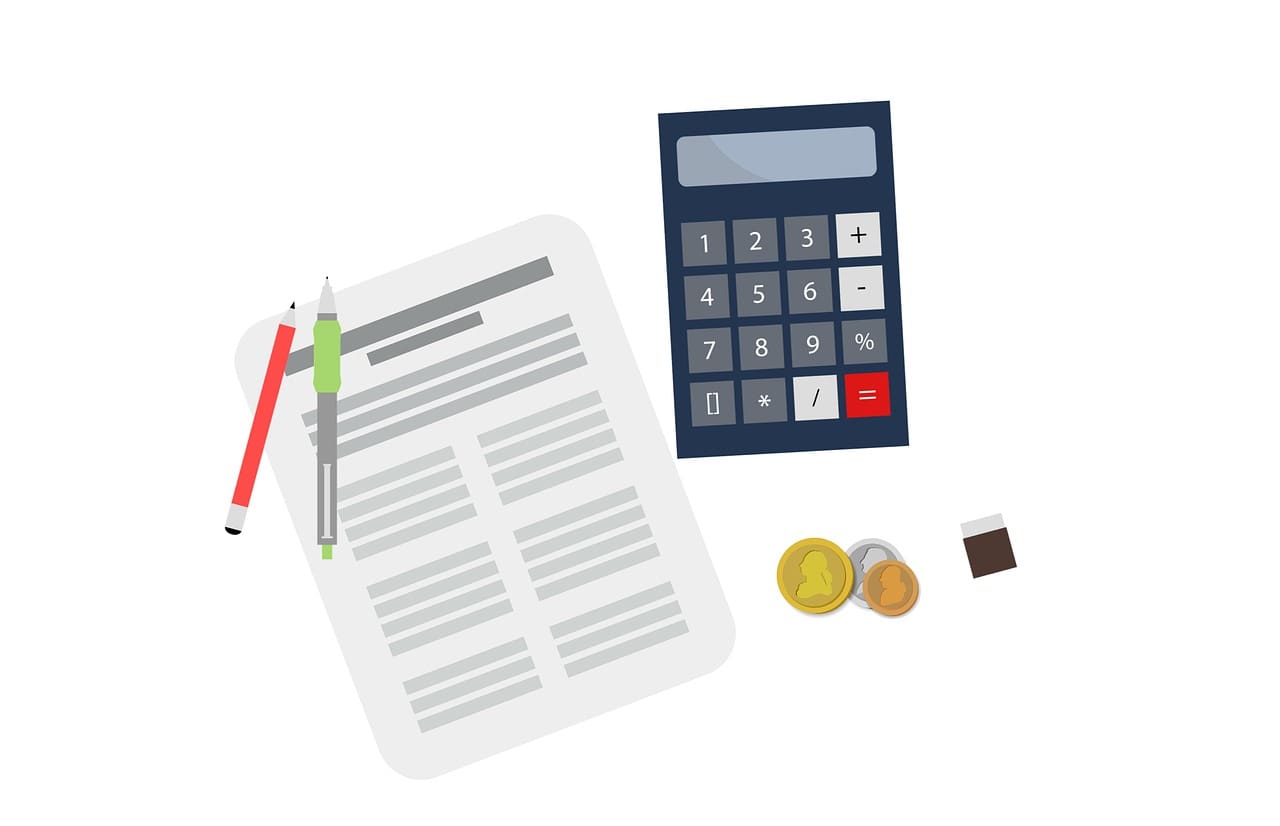Starting a business is a significant step, but managing and arranging it with all the procedures and activities takes a lot of time and effort.
The purchase, shipment, and delivery recording are the primary phases that should be closely followed when building a business among people.
Here is the difference between a purchase order and an invoice, two critical processes that assist a corporation in monitoring and classifying.
Key Takeaways
- A purchase order is a document issued by a buyer to a seller, indicating the products, quantities, and agreed prices. At the same time, an invoice is a document sent by the seller to the buyer detailing the goods or services provided and the amount due.
- Purchase orders initiate a transaction and confirm the buyer’s intention to purchase, while invoices are sent after the delivery of goods or services to request payment.
- Invoices serve as legal proof of a transaction and are used for record-keeping and tax purposes, whereas purchase orders help track and manage inventory and expenditures.
Purchase Order Vs Invoice
The difference between a purchase order and an invoice is that a purchase order is when a buyer delivers a formal document to a seller to regulate and trace the purchasing process. On the other hand, an invoice is when the seller provides a formal request for payment to the customer once the order has been completed.

A legally binding contract is formed when a vendor accepts a purchase order. Previously, a purchase order was a formal agreement for tracking and controlling the purchase process laid by a buyer to a seller.
A purchase order specifies the items and services a customer wishes to purchase and the agreed-upon rates.
An invoice is a list that specifies the amount of money owed and mentions the goods and services that have been delivered. The seller sends a formal charge to its buyer once the order is completed.
An invoice contains the payment date and schedule, total amount owed, vendor information, available credits, and discounts.
Comparison Table
| Parameters of Comparison | Purchase Order | Invoice |
|---|---|---|
| Meaning | A purchase order enables inventory tracking simply. | The invoice is the payment notice that the supplier provides to the purchaser. |
| Produce | When a purchaser places an order, a purchase order is produced. | After the order is completed, an invoice is produced. |
| Purpose | A purchase order enables inventory tracking simple. | Invoices aid in the assessment of expenditures and taxes. |
| Cause | A purchase order protects inventory from becoming overstocked. | Overpayments and repeated payments are avoided by using an invoice. |
| Define | A purchase order specifies the terms of a transaction. | The invoice specifies the sale confirmation. |
What Is a Purchase Order?
A purchase order is a detailed framework specifying the services and goods the buyer intends to purchase from a provider. The buyer completes the purchase order and submits it to the seller.
A proper purchase order form leaves no opportunity for interpretation because it completely specifies what both parties need to know about the items being acquired, including payment terms.
To further understand, consider an XYZ company’s office administrator, who ensures the enterprise always has enough office supplies.
The administrator submits a purchase order to their supervisor, and if the manager approves, the administrator sends the completed documentation to an office supply vendor
to begin the acquisition process, as well as to XYZ organization’s finance department to account for this purchase in advance.
Purchase orders are a formal means for all parties engaged in the acquisition process to define the procedure. Since everyone’s intentions are clear, the purchase order serves as a guideline to clear up any miscommunication.
Purchase orders allow companies to maintain a record of their spending.
Access to purchase orders boosts a company’s budgeting since the financial department can organize in advance for future purchases rather than be caught off guard by the delivery of an unanticipated invoice.

What Is Invoice?
An invoice is a written agreement asking for payment for products or facilities in return. A chat with purchasing may be sufficient for solitary practitioners, as a complete procurement process may not be necessary for billing.
When a supplier sends an invoice, it contains the payment schedule and date, the total amount due, the name and price of the goods or service, any discounts, and the seller’s contact details.
To better understand, consider XYZ company sending a purchase order to an office supplies vendor (as explained in the preceding segment).
The XYZ company’s finance department obtains the invoice. It pays it on the particular date since they already had the purchase order and scheduled the arrival of the invoice in advance.
They confirm the invoice with the source purchase order and have had no budgetary concerns to clear the transaction.
Usually, the vendor would not be paid unless an invoice is sent first.
The PO is not a payment request; instead, it notifies the supplier of what is required of them and, as a result, what will appear on the invoice.
Invoices detail the exact payment as well as the cause of the price.
Businesses can track and analyze expenses professionally with the use of this data.
An invoice is not a legally enforceable contract, but when combined with other critical aspects, it may become part of a legally enforceable contract.
In the event of an audit, invoices serve as evidence of precisely what the company paid for.

Main Differences Between Purchase Orders and Invoices
- A purchase order is a customer’s order confirmation to the seller, whereas an invoice is the payment reminder sent by the supplier to the purchaser.
- After a buyer places an order, a purchase order is created, whereas when the order is fulfilled, an invoice is created.
- A purchase order simplifies inventory control, whereas invoices help calculate expenses and taxes.
- A purchase order prevents inventories from becoming overstocked, but an invoice prevents overpayments and repeated payments.
- A purchase order describes the parameters of a transaction, whereas an invoice confirms the sale.
- Purchase orders include customer needs such as the characteristics of the product, quantity, and price, as well as other purchasing requirements. At the same time, an invoice contains information on the products sold, the quantity and rate authorized in the purchase order, revenue, the authorized purchase order number, and so on.



